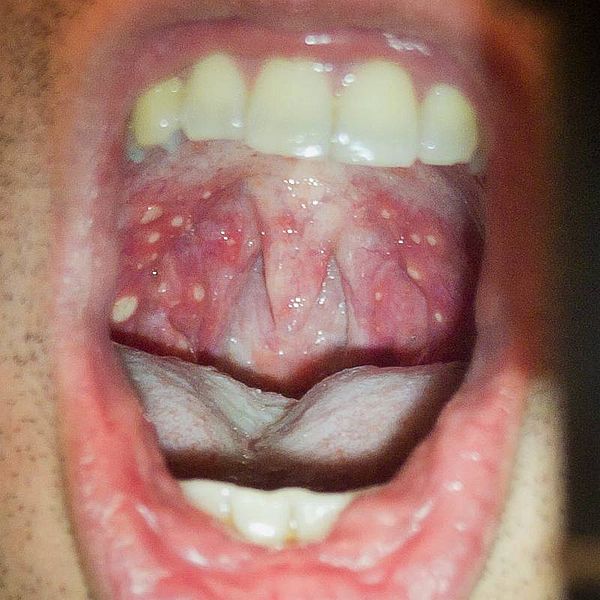Officials with the University of North Florida (UNF) in Jacksonville have reported a cluster of cases of the viral infection, hand, foot and mouth disease (HFMD), which to date has affected eight people.

Image/shawn c
Student Health Services suspect that number may be low since some students are not coming in to see them.
HFMD is typically a benign and self-limiting disease. Most common in young children, it presents as fever, oral lesions and rash on the hands, feet and buttocks. The oral lesions consist of rapidly-ulcerating vesicles on the buccal mucosa, tongue, palate and gums. The rash consists of papulovesicular lesions on the palms, fingers and soles, which generally persist for seven to 10 days, and maculopapular lesions on the buttocks.
It is spread to others by close personal contact, coughing or sneezing or by contact with contaminated objects and surfaces. It can be difficult to eradicate in schools, group living communities and daycares. Although it is not serious for most people, the infection can cause significant pain while eating, walking and writing.
Hand, foot, and mouth disease is caused by viruses that belong to the Enterovirus genus (group). This group of viruses includes polioviruses, coxsackieviruses, echoviruses, and enteroviruses. Coxsackievirus is the most common cause of HFMD.
Related:


One thought on “University of North Florida sees spike in hand, foot and mouth disease”